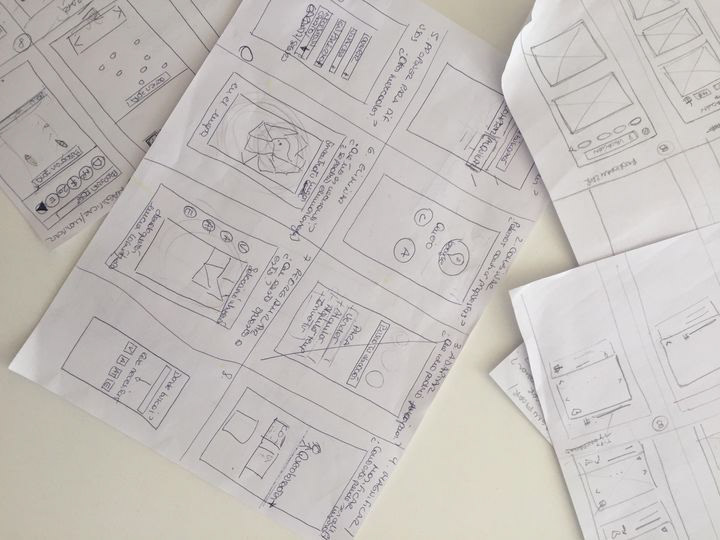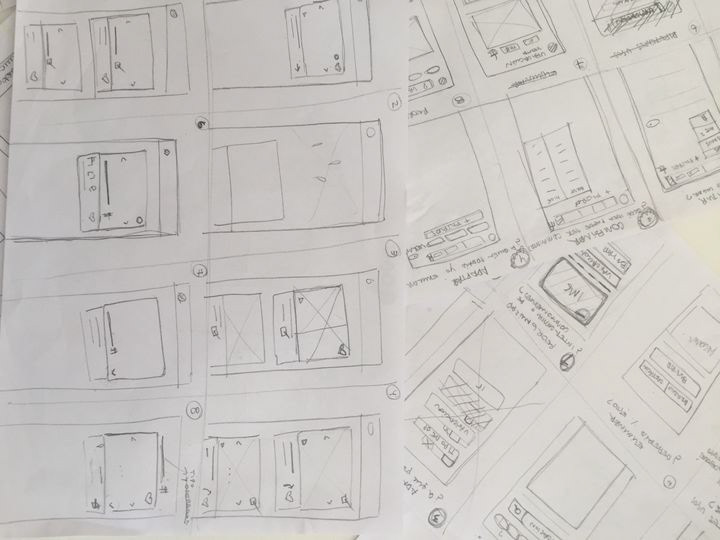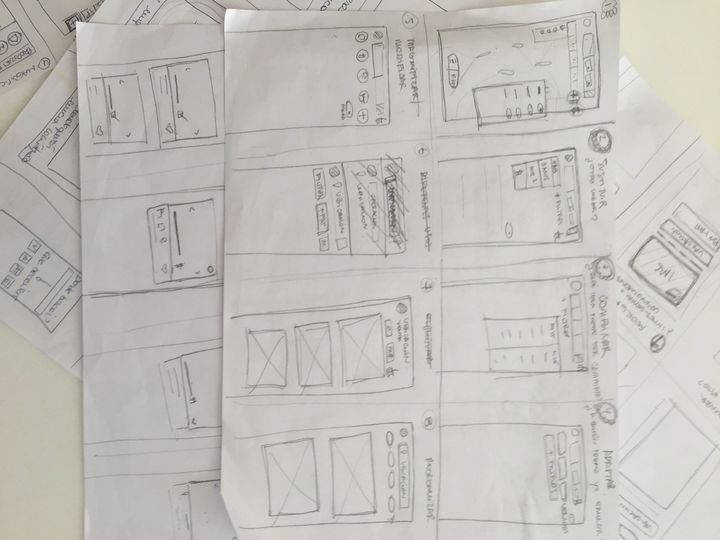The Challenge
Back in its start up days, Properati struggled with its design budget, so they never had a full scale user research process nor even a small one. So we had to start with the basics in order to know Properati’s users and improve their overall experience. We found some very important problems to solve for our users: general trust and a sense of disadvantage in terms of information.
The team
The product owner, a UX researcher, and myself, playing the role of general coordinator and being in charge of information architecture analysis, features definition, interaction design and visual design
Research and analysis
We started the process by interviewing the stakeholders, in order to know their vision and the insights they might have on the users and the business.
After that, the UX researcher started recruiting people in the different countries where Properati operates (Argentina, Colombia, Ecuador, Uruguay and Perú) for user interviews. Meanwhile, the Product owner and I created a competitive analysis report to understand where our product stands among its competitors and the big players in the industry.
Recruiting was difficult so we tried everything!
HaTS
We had little quantitative data about our users, because our Google Analytics panel had been neglected and wasn’t providing reliable numbers. So to start, we made a happiness tracking survey with HotJar to measure satisfaction in a varied range of issues: images, information, filters, communication channels, etc.
User Interviews
The user interviews resulted in our very first User Journey Map. A really comprehensive one that included insights describing all the stages users go through their purchase process, online and offline; with our product and with third parties.
This is probably de largest User Journey Map I’ve ever seen.
Design Sprint
It wasn’t strictly a Design sprint but for communication reasons we decided to call it that way. We organized a cross company event where we sat for three days to learn about our users, find solutions to their problems and plan for the future in multidisciplinary groups, mixing people from different teams and backgrounds.
Teams came up with sets of features that solved 5 specific problems, and these ideas became the foundation for the redesign of our product.
The problems
- Search and search results
- Property information
- Buyer - seller relationship
- Personalization
- Follow up
- Property information
- Buyer - seller relationship
- Personalization
- Follow up
Features definition
After all these efforts we broke down our findings and the solutions created in the design sprint into a more comprehensive set of documents: Features for the search flow and for the property details page.
And some diagrams to understand the user flows.
Search flow
Property details page flow
UI design
The main goal was to provide answers to all the critical questions as quickly as possible in order to generate leads and create a simple and seamless flow for users to contact brokers.
As usual, I started on paper first, to let go all my obsessiveness and just focus on functionality and components.



Usability testings
After reaching a first level of understanding of our users’ problems and coming up with some solutions. We decided to test the core flow of our platform with users to validate our decisions. For that, we conducted some remote usability tests with users from some of the countries where Properati operates. We set our users to perform a search in our platform and in our main competitor’s.
We had mixed feelings with the results because they didn’t seam to have any problems using either products. Which in a way confirmed we didn’t made gross mistakes, but we couldn’t find deeper insights. We applied some of our findings to a new prototype to validate again in a second round of testings.
The results confirmed many of our discovered patterns and proposed solutions, so we decided our design was solid enough to develop into an MVP.
What I learned
- Real estate is still a very offline business, people feel unprotected
- Documentation is key to recall your decisions in long term projects
- You need to choose carefully when to invite stakeholders to provide feedback
- Sometimes usability testings that spawn an entire flow fail to provide actionable insights
- Documentation is key to recall your decisions in long term projects
- You need to choose carefully when to invite stakeholders to provide feedback
- Sometimes usability testings that spawn an entire flow fail to provide actionable insights
